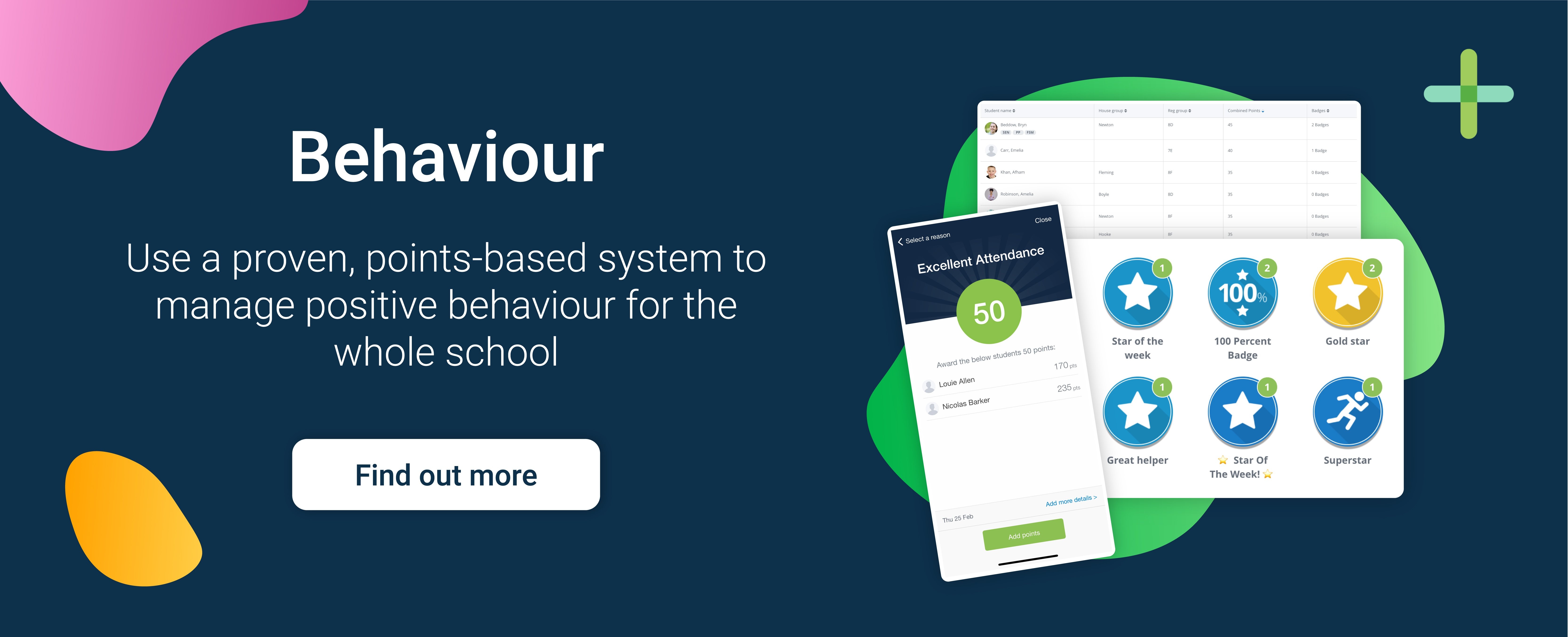Author: Ben Greenwood
Posted: 23 Feb 2021
Estimated time to read: 3 mins
Behaviour management is a huge, multifaceted area of a school’s approach to teaching. It spans classroom leadership strategies, policy creation and even child psychology. Like many elements of school management, it also benefits from strong standardised processes.
These processes can take many forms, perhaps a points-based reward system that the whole school uses, or behaviour contracts for pupils to sign. A united front shows students that there is structure to their school life, which can make them feel more secure and able to learn effectively .
Teachers, especially NQTs, need this structure too.
What is a clear school hierarchy?
When you think of the word ‘hierarchies’, it probably conjures different associations from feudal England to pyramid schemes. In some areas of society we work hard to flatten or eliminate hierarchies to make life fairer and more equal, but in schools it’s a different story.
When we speak about hierarchies in school, we are usually referring to the line of authority from Headteacher to the classroom teacher, and every other staff position in between.This includes heads of department, SLTs, deputy heads and any other teaching staff.
A clear hierarchical structure is one where the line of authority from yourself to your line manager, and their line manager (etc.), is clear and the process for elevating behavioural issues is communicated to staff regularly.

Why hierarchies are important for schools
A transparent school hierarchy makes dealing with behaviour in school quicker and easier for teachers. There shouldn’t be any confusion or anxiety about taking a problem to their immediate senior for guidance and support and there should be clear guidance from the school on when to do so.
It also makes things simpler for offending students, as they aren’t passed around between staff members with uncertain and varying disciplinary measures. A decision is simply made and an outcome given.
Elevating poor behaviour
If a teacher feels that they aren’t able to deal with disruptive behaviour, there should be a process in place that allows them to contact their head of year or line manager. It’s really important that they know who this is and that they feel comfortable approaching them or asking them for help.
Elevating serious behavioural incidents can be complex and the senior member of staff who the case is being referred to will need as much information as possible so they can make a judgement on how to intervene.
It may help to have a standardised system for elevating behaviour that can pass on any details of the incident to the relevant member of staff without the need for further classroom disruption. Many schools store this kind of information in their MIS, so as to avoid too many internal phone calls and emails.
Supporting less senior teachers
New classroom teachers often lack the established relationships and authority that their more senior colleagues wield. This might not be a factor during normal teaching, but when a serious behavioural incident arises they might find it more difficult to assert the level of authority needed to resolve the situation.
This is where a clear hierarchy comes into play. If teachers know how and when to elevate serious incidents, then these incidents can be dealt with sooner and more effectively. This doesn’t just benefit other students whose learning is being disrupted, it also benefits the disruptive student with a more structured intervention.
But beyond this, it benefits teachers too. The stress and added workload of dealing with disruptions and behavioural incidents can be really taxing, and affects teacher wellbeing even after work hours.
Support from seniors means more than just help dealing with behavioural incidents, it means sharing best practice when it comes to interacting with students and reassurance that they’re doing the right thing, to stick with it, it’ll get easier.



